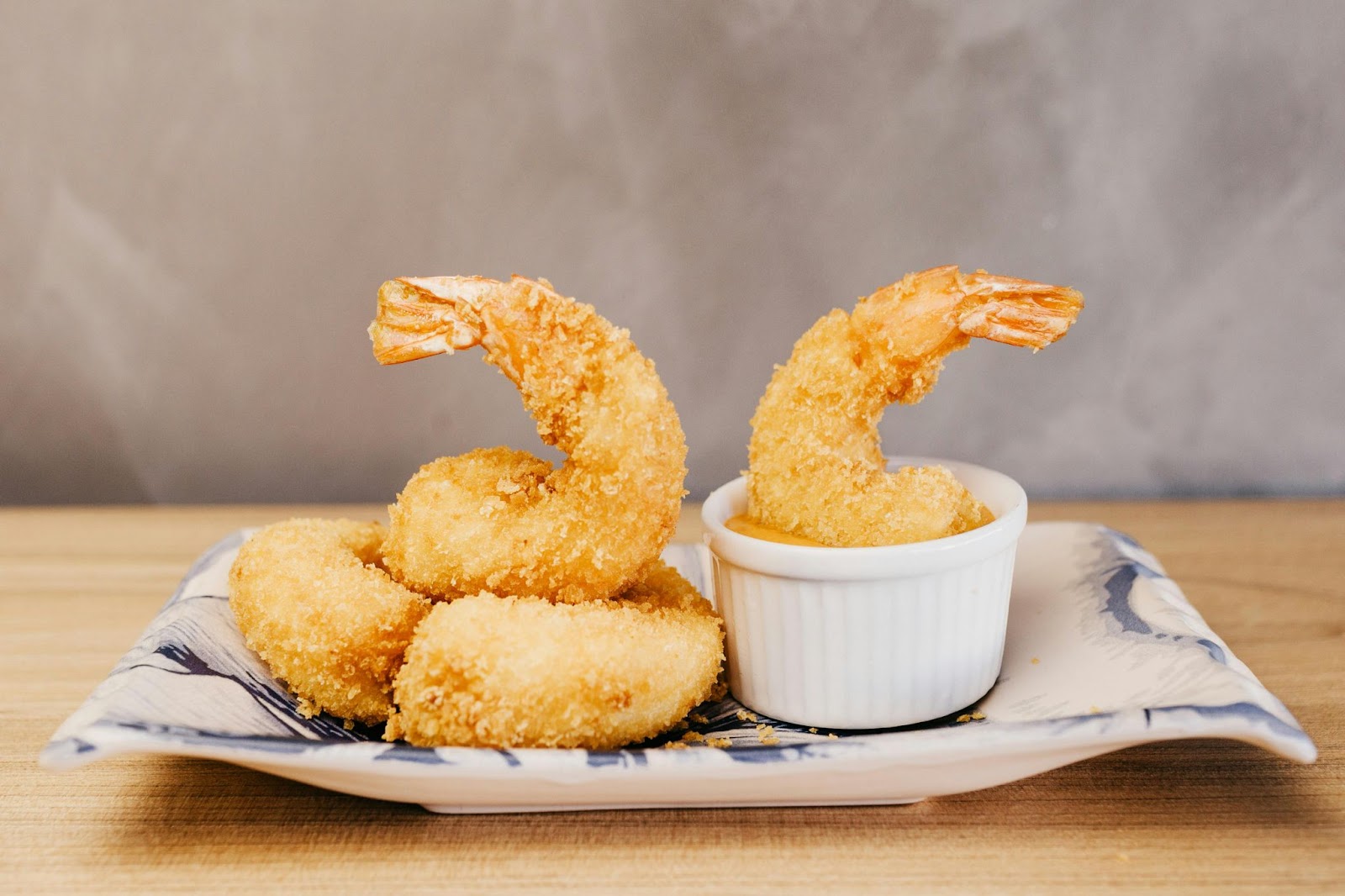 The Weirdest Food Around the Globe: A Culinary Adventure
The Weirdest Food Around the Globe: A Culinary Adventure
Weirdest Food in the World
Delving into the world of bizarre food offerings uncovers a myriad of unconventional delicacies spread across continents. From the crispy fried tarantulas of Cambodia to the century eggs preserved in clay and ash in China, each region boasts its peculiar gastronomic delights. These extraordinary edibles not only showcase the diverse culinary practices of different lands but also challenge the boundaries of traditional cuisine norms, enticing curious palates seeking the extraordinary.
Understanding the notion of Weirdest Food in the World when it comes to food requires delving into the rich cultural contexts that shape culinary perceptions globally. What may seem strange or repulsive in one culture can be a delicacy in another, showcasing the intricate tapestry of culinary diversity. The term Weirdest Food in the World itself is subjective, reflecting individual and societal attitudes towards food, and highlighting the importance of cultural relativism in exploring the vast array of culinary experiences worldwide.
T aste-Testing the Globe’s Most Peculiar Eats
aste-Testing the Globe’s Most Peculiar Eats
In the Far East, insects and arachnids aren’t just creepy-crawlies; they’re delicacies enjoyed for their unique textures and flavors. From crispy fried grasshoppers in Thailand to tangy scorpion skewers in China, these crunchy snacks are a testament to the region’s adventurous palate.
Exploring the depths of the ocean unveils a world of bizarre marine delights that challenge conventional taste buds. Dishes like sea urchin sushi in Japan and fermented herring in Sweden offer a taste of the sea’s strangest creations, captivating seafoodies with their distinctive briny notes.
Fermentation takes food to a whole new level, transforming everyday ingredients into funky delicacies that can surprise even the most daring eaters. From stinky tofu in Taiwan to hakarl in Iceland, these fermented surprises push the boundaries of culinary experimentation, appealing to those seeking bold and unconventional flavors.
 Sensory Overload: Textures and Flavors That Challenge
Sensory Overload: Textures and Flavors That Challenge
Exploring the Weirdest Food in the World unveils a plethora of textures that can both fascinate and challenge adventurous eaters. From the slimy consistency of balut (developing bird embryo) in the Philippines to the wriggling sensation of live octopus in South Korea, each bite offers a unique tactile experience. Additionally, crispy fried crickets in Mexico provide a crunchy delight for those seeking a different kind of culinary adventure.
Beyond the realm of sweet and savory flavors lies a world of taste sensations that redefine culinary boundaries. Delicacies like bitter melon in China offer a distinct flavor profile that intrigues the palate, while fermented shark in Iceland presents a pungent umami richness that challenges traditional notions of taste. Moreover, the sour notes of pickled pig’s feet in the Southern United States add a tangy twist to the culinary landscape, showcasing a diverse range of flavors waiting to be explored.
 Embracing the Weird: The Growth of Exotic Food Tourism
Embracing the Weird: The Growth of Exotic Food Tourism
Thrill-seeking foodies are a growing segment of culinary enthusiasts who crave unique gastronomic experiences. These individuals seek out unconventional delicacies not only for the taste but also for the adventure and story behind each dish. From devouring edible insects in Thailand to savoring stinky tofu in Taiwan, these food explorers are reshaping the food tourism landscape by embracing the weird and pushing the boundaries of traditional dining.
Culinary curiosity serves as a gateway to cultural exchange, allowing people to connect with diverse traditions and histories through food. Exploring the world’s weirdest foods offers a profound insight into the cultural values and beliefs of different societies. By trying dishes like fermented shark in Iceland or fried scorpions in China, individuals engage in a sensory journey that transcends language barriers, fostering mutual understanding and appreciation for the intricacies of global cuisine.
Exploring the Weirdest Food in the World unveils a realm of culinary diversity that challenges norms and fosters cultural exchange. From crispy tarantulas to century eggs, each dish tells a unique story of tradition and innovation. Thrill-seeking foodies are reshaping the landscape of gastronomy, embracing exotic flavors like fried crickets and stinky tofu.